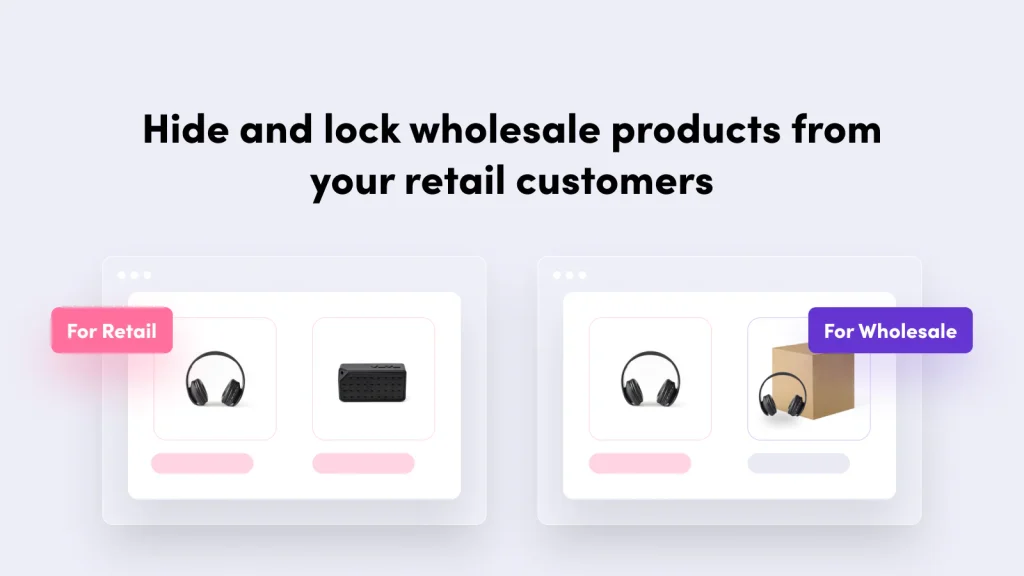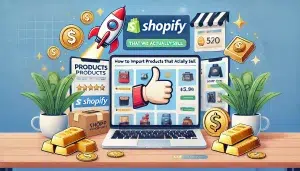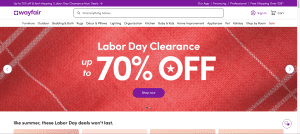
Table of Contents
- Introduction
- Harnessing Shopify Apps
- Leveraging Discount Codes
- Maximizing Draft Orders
- Implementing Customer Segmentation
- Creating B2B-Exclusive Collections
- Streamlining with Workflow Automation
- Prioritizing Direct Communication
- Offering Flexible Payment Options
- Frequently Asked Questions
- Useful Resources
- Conclusion
Introduction
As a Shopify merchant, you have the power to effectively manage B2B orders without upgrading to Shopify Plus.
This guide will explore how you can optimize your Shopify store for B2B success by leveraging a combination of apps, built-in features, and strategic approaches.
Let’s dive into the strategies that can help you create a robust B2B sales channel alongside your B2C operations.
Harnessing Shopify Apps
Shopify’s app ecosystem offers a wealth of solutions to enhance your B2B capabilities:
Wholesale Pricing Apps: Tools like “Wholesale Hub” or “Wholesale Pricing Discount” enable you to create custom pricing tiers for different customer groups.
This allows you to maintain separate pricing structures for your B2B and B2C customers effortlessly.

Custom Shipping Solutions: Apps such as “Advanced Shipping Rules” give you the flexibility to set up specialized shipping rates for your B2B clients, accommodating their unique needs and order volumes.

Customer Account Management: Utilize apps like “Wholesale Lock Manager” to create exclusive areas on your site for B2B customers. This ensures they have access to wholesale pricing and products tailored to their business needs.

Leveraging Discount Codes
Shopify’s built-in discount code feature is a powerful tool for B2B order management. Create unique discount codes for your B2B clients to use at checkout, allowing for easy application of wholesale pricing or special promotions.
This approach offers flexibility and control over your B2B pricing strategy.
Maximizing Draft Orders
The draft order feature is a gem for handling custom B2B orders. It allows you to:
- Create manual orders with customized pricing
- Apply specific discounts to B2B purchases
- Manage taxes according to B2B requirements
- Offer a personalized ordering experience for your business clients
By mastering the use of draft orders, you can provide a tailored purchasing process for your B2B customers, enhancing their experience and streamlining your operations.
Implementing Customer Segmentation
Utilize Shopify’s customer tagging system to differentiate between B2B and B2C customers. This segmentation enables you to:
- Offer targeted pricing and discounts
- Create personalized marketing campaigns
- Provide exclusive access to B2B-specific products or collections
Effective segmentation is key to managing different customer types within a single Shopify store, ensuring each group receives the appropriate products, pricing, and experience.
Creating B2B-Exclusive Collections
Create hidden product collections specifically for your B2B customers. This approach allows you to:
- Offer exclusive B2B deals without affecting your B2C pricing
- Tailor your product offerings to business needs
- Maintain a clear separation between your B2B and B2C catalogs
By carefully curating B2B-specific collections, you can provide a focused and relevant product selection to your business customers.
Streamlining with Workflow Automation
While Shopify Plus offers Shopify Flow, you can still automate many B2B processes using third-party apps:
- Integrate with Zapier to create custom workflows
- Automate order tagging, email notifications, and inventory updates
- Streamline your B2B order fulfillment process
Automation can significantly reduce manual work and improve efficiency in managing your B2B operations.
Prioritizing Direct Communication
Establish clear channels for B2B customer engagement:
- Set up a dedicated email address or phone line for B2B inquiries
- Consider implementing a customer portal for easy order management
- Provide personalized support for bulk orders and special requests
Strong communication is the foundation of successful B2B relationships, helping you address unique needs and build lasting partnerships.
Offering Flexible Payment Options
Cater to the unique payment needs of your B2B clients:
- Create manual invoices for larger orders
- Offer offline payment methods for added flexibility
- Explore apps that enable net terms or deferred payment options
Providing flexible payment terms can be a significant advantage in attracting and retaining B2B customers.
FAQ
Q: Can I offer different product catalogs to my B2B and B2C customers?
A: Yes! By using customer tags and creating hidden collections, you can easily manage separate catalogs for your B2B and B2C customers.
Q: How can I ensure my B2B pricing doesn’t affect my B2C sales?
A: Utilize wholesale pricing apps and customer segmentation to keep your B2B pricing separate from your B2C pricing structure.
Q: Is it possible to automate B2B order processing without Shopify Plus?
A: Absolutely! While you won’t have access to Shopify Flow, you can use third-party apps like Zapier to create custom automation workflows for your B2B orders.
Useful Resources
- Shopify B2B Guide: https://www.shopify.com/enterprise/b2b-ecommerce
- Shopify Draft Orders Documentation: https://help.shopify.com/en/manual/orders/draft-orders
Conclusion
Managing B2B orders in Shopify without Shopify Plus is not only possible but can be highly effective with the right approach. By leveraging Shopify’s robust features, third-party apps, and strategic customer management, you can create a thriving B2B channel alongside your B2C operations.
Remember, the key to success lies in understanding your B2B customers’ unique needs and tailoring your Shopify store to meet those requirements efficiently.
As you implement these strategies, you’ll find that Shopify provides a flexible platform capable of supporting both your B2B and B2C ambitions. Embrace the tools at your disposal, stay open to feedback from your B2B clients, and continually refine your processes.
With dedication and the right setup, your Shopify store can become a powerful engine for B2B growth, driving your business to new heights of success.




